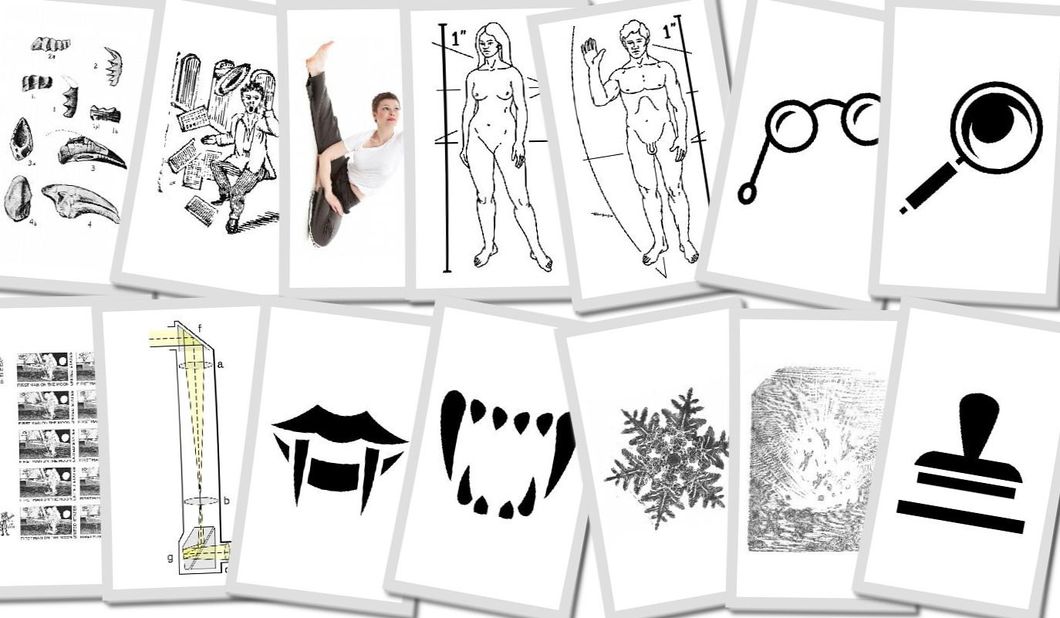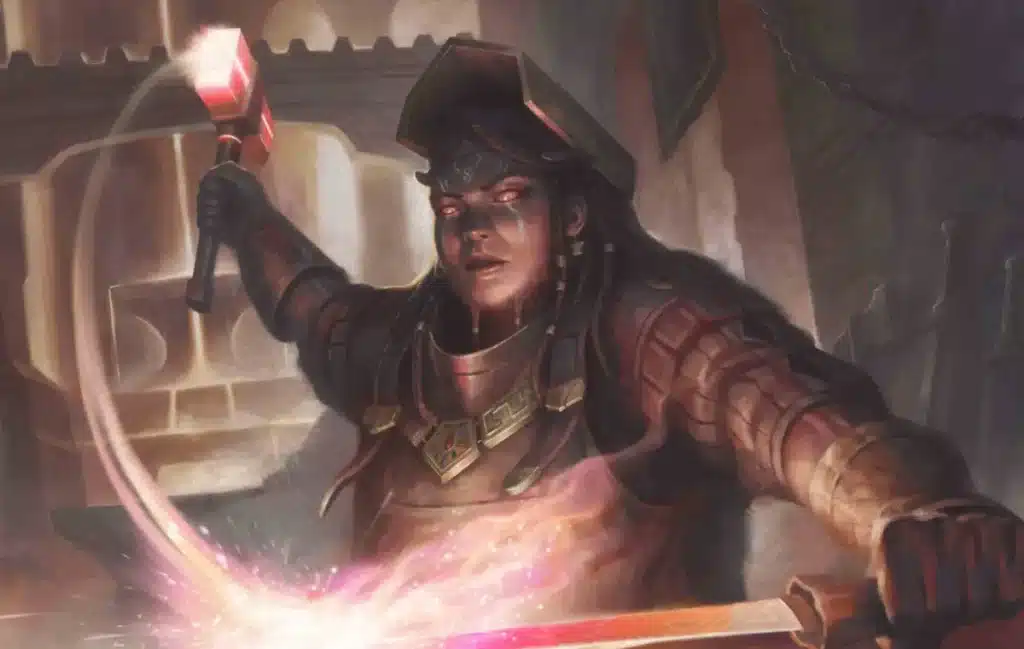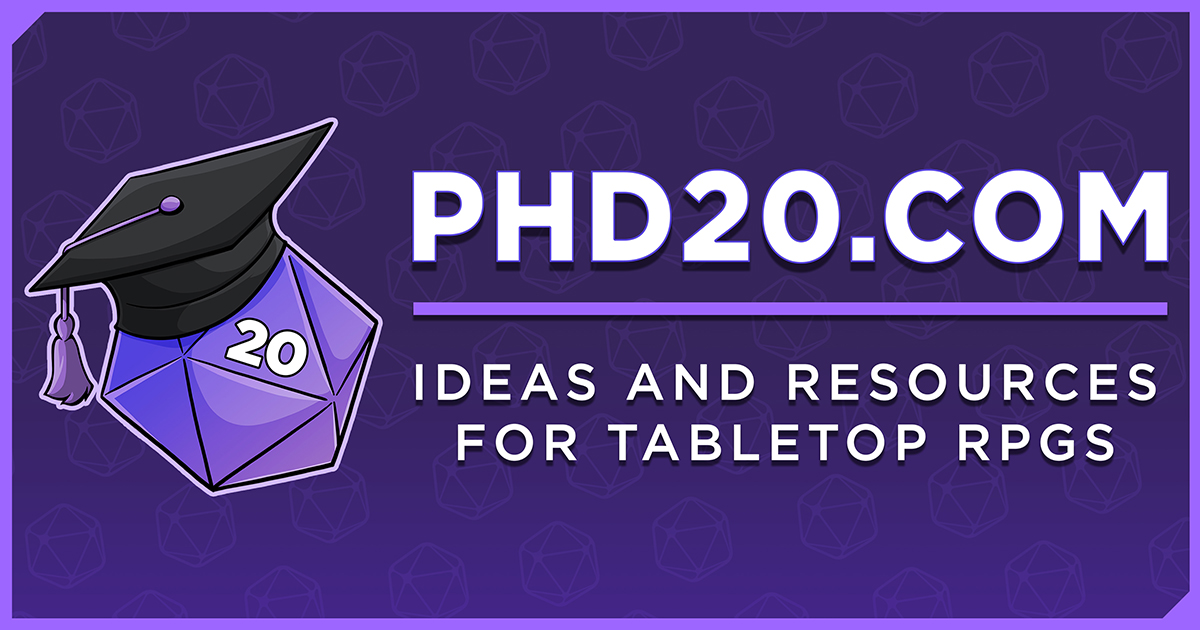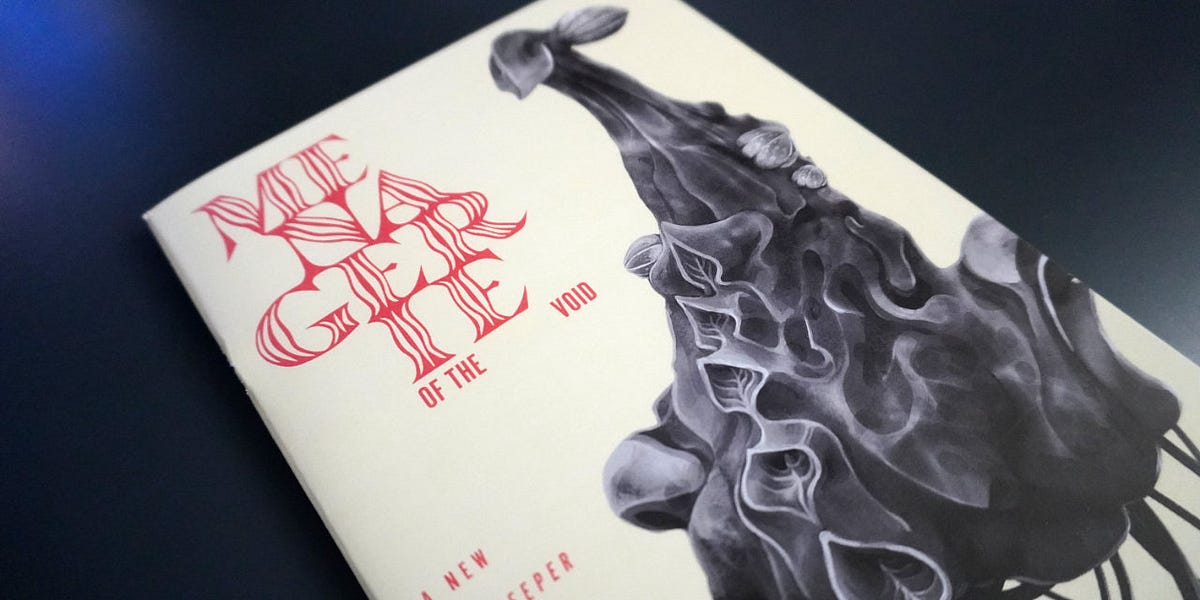SMOOSH JUICE
Running Shorter Sessions

Subscribe to the newsletter for ideas and resources delivered to your inbox and get a free Adventure Design Document.
🛡️ We don’t sell your data. Unsubscribe at any time.
According to many sources, the typical TTRPG session is around four hours. In my 4E D&D days, we played anywhere from four to eight hour sessions. Sometimes twice a week. Those days are long gone and four hours is a big ask nowadays. Life’s busy. But we don’t need four hours to run fantastic tabletop roleplaying games like Dungeons & Dragons. I’ve been running 90-120 minute sessions of 5E D&D for years. Here’s what I’ve learned from 80+ sessions.
We Game More
The most important thing is that we game more. Our group is comprised of parents, busy professionals, and folks with a lot else on their plates. But having a consistent weekday, enabled by online play and the low commitment of about 90 minutes has made getting together easy. Once I got over how “tragic” 90 minutes felt compared to our college-years marathon sessions, I realized it wasn’t tragic at all. We were still running awesome games.
Once in a while, the stars align and we can meet in person for about three or four hours. Since these aren’t the norm, they feel extra special. We plan around breakfast or brunch. We fire up projectors and speakers while pulling out battlemaps, battle boards, minis, terrain, and more. I’ve come to treasure these sessions as something truly special.
Preparation Is Easier
With only about 90 minutes to run, my preparation is easier. We concluded an epic campaign around level 17-18 with these shorter sessions. We’re currently running a Nentir Vale sandbox campaign and around level 5. In both cases, the time limit streamlined my prep without reducing player agency. They still got up to all sorts of trouble.
Tips For Shorter Sessions
Overall, very little changes when running shorter sessions. But here are a few tips that I’ve picked up when running shorter sessions.
- Set an end time with a 15-minute “flex.” We aim to end at 9:15. But sessions are unpredictable and sometimes it’s best to end at 9 or 9:30. Setting that expectation with the table gets everyone on the same page.
- Great recaps get the ball rolling. With only 90 minutes, we don’t want to waste 15-20 trying to transition from social time to game time. Shorter sessions feel more episodic in nature so recaps fit perfectly and kick off the game immediately.
- End on a cliffhanger rather than running one round of combat. If combat is about to start at the end of a session, it’s best to build up a great cliffhanger rather than end partway through combat. It also sets us up for a strong start to our next session.
- End on excitement or decision. When I did have to end during combat, I ended immediately after a green hag cast Invisibility. It added excitement and tension for the next session. When the opportunity for excitement isn’t there, we can still end on a decision. Does the party choose the left path or the right? “That’s where we’ll pick up next time.”
I’ve got a lot of experience running marathon sessions and incredibly short (by most standards) sessions. The latter isn’t any less fun or more difficult. If it allows us to game more, it’s the better option.
Game on.









